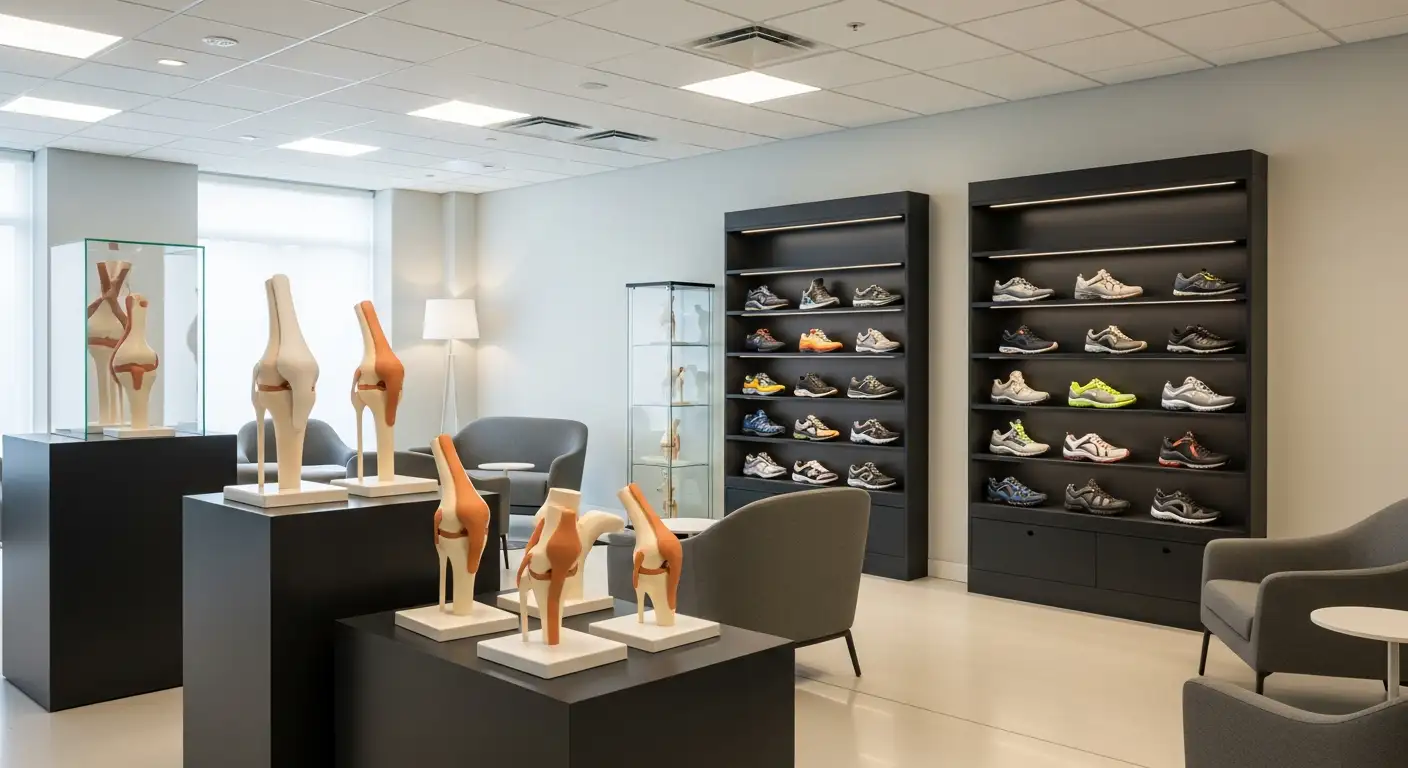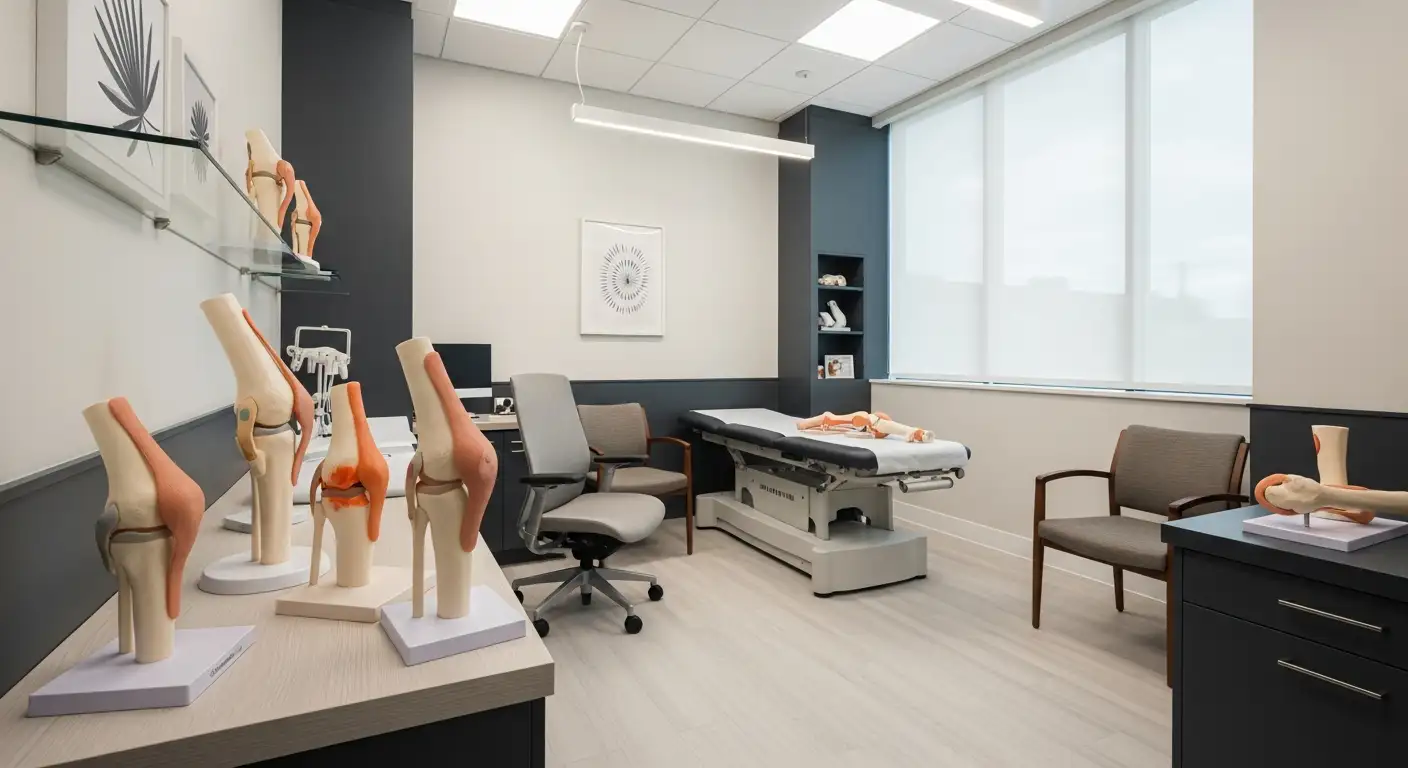Understanding Heat Therapy for Knee Pain Relief
Knee pain can significantly impact mobility and quality of life, often stemming from conditions like arthritis, overuse, or injuries. Among various treatment options, heat therapy stands out for its ability to alleviate discomfort and improve joint function. This article explores the numerous benefits of heat therapy, discusses appropriate applications, compares it with cold therapy, and provides safety guidelines. With a comprehensive understanding, patients can effectively incorporate heat therapy into their pain management routines and enhance their overall recovery and mobility.
The Physiological Benefits of Heat Therapy in Knee Pain Relief
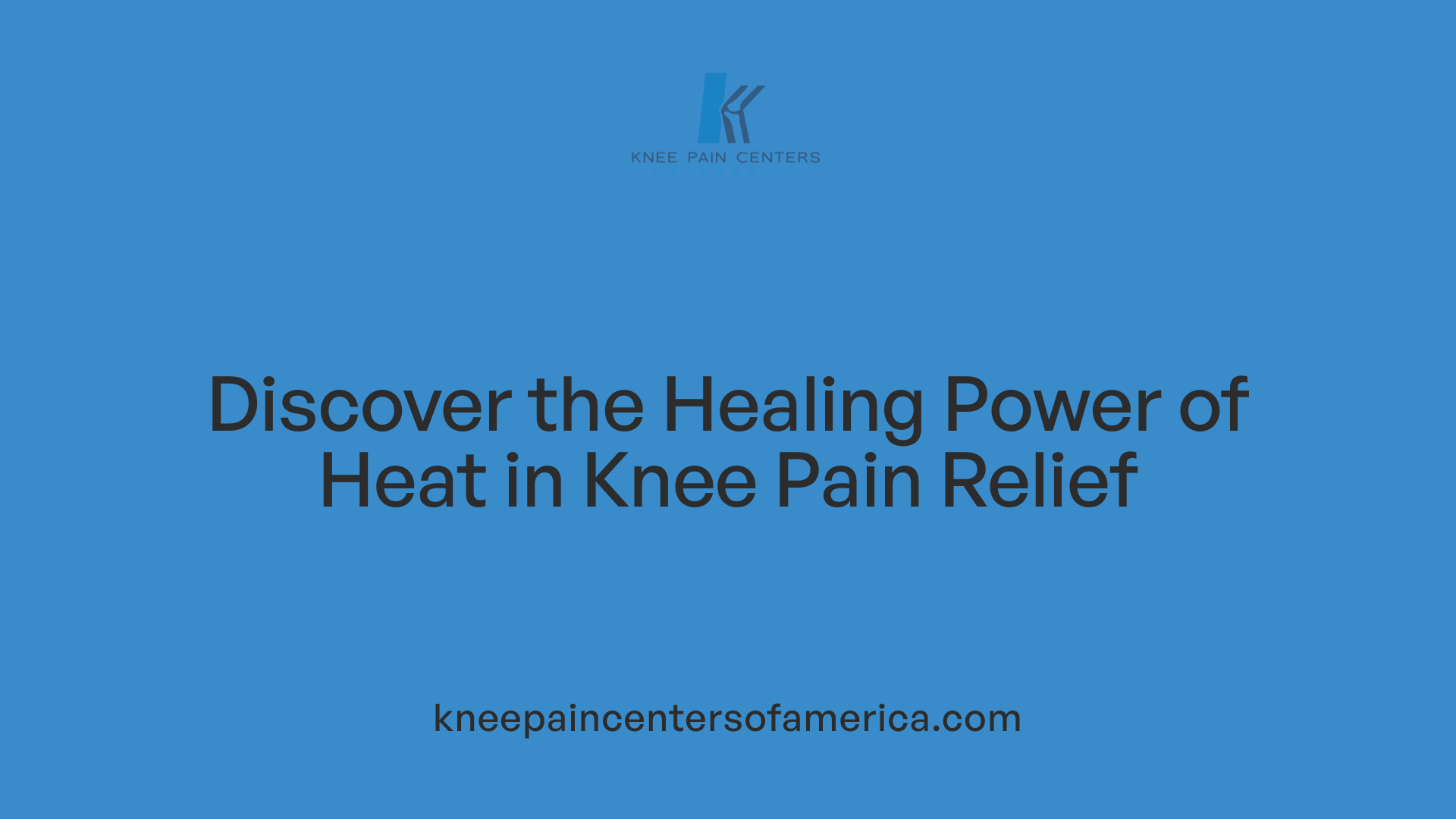
What are the benefits of heat therapy for knee pain relief?
Heat therapy provides numerous advantages for those experiencing knee pain. It helps to relax tight muscles, which often become stiff and painful, especially after activity or in chronic conditions like arthritis. By reducing muscle spasms, heat eases the tension around the joint, improving comfort and function.
One of the primary benefits of heat therapy is its ability to increase blood flow and oxygen delivery to the affected tissues. When blood vessels expand (vasodilation), more oxygen and nutrients reach the tissues, promoting healing and reducing soreness. This improved circulation not only alleviates pain but also supports tissue repair.
Heat therapy also lessens joint stiffness and enhances flexibility. This is particularly helpful for conditions like osteoarthritis, where stiff joints can impair mobility. Methods such as warm water exercises, hot packs, or warm baths are common safe applications.
Using heat can be a cost-effective addition to treatment plans, involving simple tools like heating pads or warm towels. When used properly and consistently, especially during the subacute and chronic phases of injury or disease, heat therapy can significantly improve quality of life by reducing discomfort and encouraging joint mobility.
Proper Application Techniques and Safety Considerations
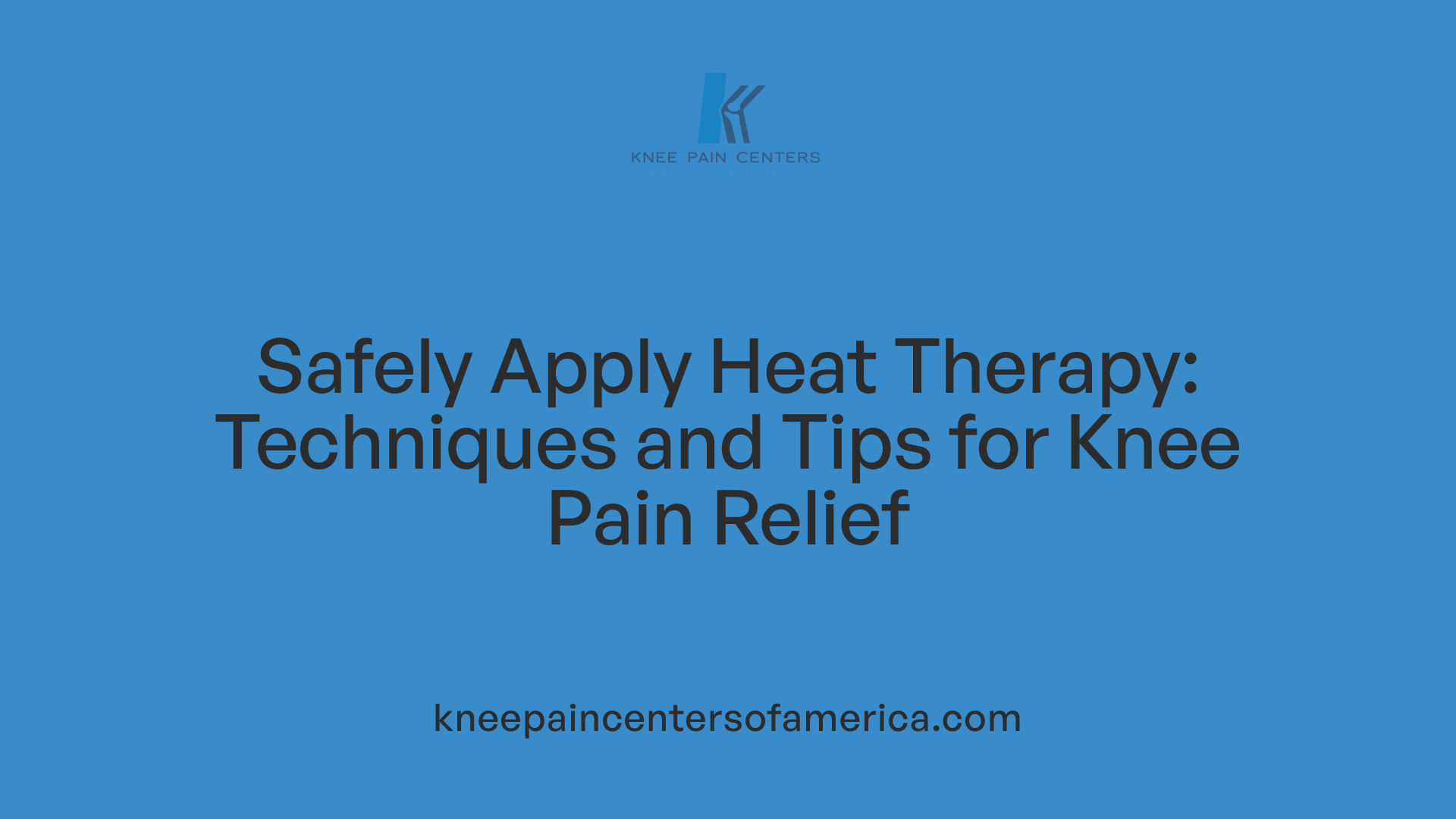
What are the proper application techniques and guidelines for using heat therapy on the knee?
Using heat therapy on the knee requires careful technique to ensure safety and effectiveness. Start by selecting an appropriate source of heat, such as a moist heat pack, a warmed towel, or a hot water bath. The temperature should be comfortably warm but not hot enough to cause burns. Always use a barrier—like a towel or cloth—between the heat source and the skin to prevent direct contact.
Application duration typically ranges from 15 to 20 minutes for mild muscle tension or stiffness. For more severe or chronic pain, sessions can last up to 30 minutes. It’s important to monitor the skin during the session for any signs of redness or discomfort.
Before applying heat, avoid areas with open wounds, bruising, swelling, or active inflammation. Never fall asleep with a heat source on, and do not apply heat directly on cycles of inflammation or infection. Regularly check the heat source for damage or malfunction, and always follow manufacturers’ instructions.
Proper technique also involves applying heat before physical activity to loosen muscles, or afterwards to relax and improve blood flow. After treatment, remove the heat source and allow the skin to cool. If symptoms worsen or do not improve, seek medical consultation.
What safety considerations should be taken into account when using heat therapy for knee pain?
Safety is crucial when applying heat therapy. Do not use heat over swollen, inflamed, or infected areas, as it can intensify inflammation. Limit each session to no longer than 20 minutes, and wait at least two hours before reapplying to prevent overheating or burns.
Always use a barrier between the heater and the skin, such as a towel or cloth, and inspect the device for any damage or malfunction before use. Choose the lowest temperature setting that produces relief to minimize the risk of burns.
Individuals with impaired sensation, poor circulation, diabetes, cardiovascular diseases, or skin conditions should consult a healthcare professional before using heat therapy. This is because they may not detect early signs of skin burns or discomfort.
Avoid using heat immediately after an injury, especially if swelling or bleeding is present. Similarly, heat should not be used if there's a risk of blood clots or if a person has active infections or tumors.
By following these precautions, heat therapy can be a safe and effective method for managing chronic knee discomfort and improving mobility.
Comparison Between Heat and Cold Therapy for Knee Pain Management
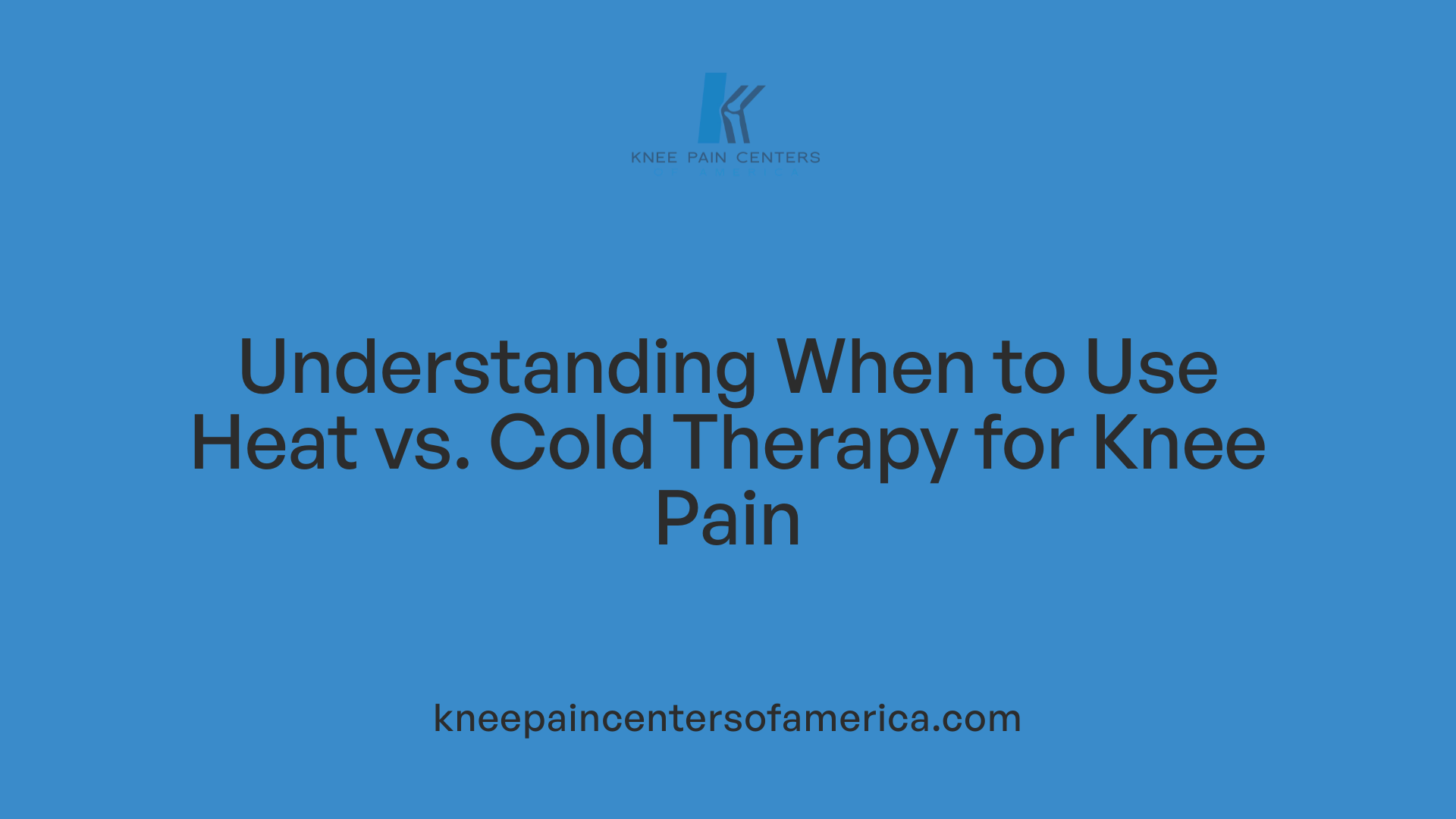
How does heat therapy compare with cold therapy for managing knee pain?
Heat therapy and cold therapy serve different purposes in the treatment of knee pain, each providing distinct benefits depending on the nature and stage of the injury or condition.
Heat therapy works by expanding blood vessels, which increases blood flow. This process delivers more oxygen and nutrients to the affected tissues, promoting healing and relaxing tight muscles. It is especially useful for chronic conditions like osteoarthritis when pain persists over time, and for muscle stiffness or spasms.
In contrast, cold therapy involves constricting blood vessels, which reduces blood flow. This constriction helps decrease inflammation, swelling, and numbness, effectively managing acute injuries. Cold therapy is most beneficial immediately after injury or following physical activity to diminish inflammation and pain.
Both therapies help improve joint function and reduce pain, but they are suited for different phases of injury or chronic conditions.
Patient preferences and specific symptoms influence the choice of therapy. Some individuals find relief by alternating treatments, starting with cold to control inflammation and following with heat to relax muscles. Alternating therapies can maximize benefits, helping reduce soreness and support recovery.
Overall, understanding the different effects and appropriate timing for each therapy can help optimize knee pain management strategies.
Integrating Heat Therapy into a Holistic Treatment Plan

Can heat therapy be incorporated into a comprehensive treatment plan for knee pain?
Yes, heat therapy can be a valuable component of a comprehensive approach to managing knee pain. It is particularly effective during the subacute and chronic phases of injury or illness, such as arthritis or muscular tension, when inflammation has decreased and the focus shifts to promoting flexibility and healing.
Applying heat helps relax tight muscles, improve blood flow, and stimulate the delivery of oxygen and nutrients to damaged tissues. These effects support tissue repair, increase joint mobility, and reduce discomfort. For example, in cases of osteoarthritis, heat treatments like warm compresses or hot water exercises can ease stiffness and improve functional capacity.
However, the timing of heat therapy is crucial. It should ideally be used after the initial inflammatory response has subsided—generally after the first 72 hours post-injury or when swelling is minimal. During the early stages of injury where swelling and inflammation are prominent, cold therapy remains the recommended option to constrict blood vessels and control inflammation.
Integrating heat with other treatments enhances overall outcomes. Combining heat therapy with prescribed exercises, physical therapy, and medications can improve flexibility, reduce pain, and support faster recovery. For instance, warming the knee before engaging in gentle stretches or strengthening exercises can make the movements more comfortable and effective.
During treatment planning, it is vital to tailor strategies to individual needs. Continuous monitoring of symptoms allows adjustment of therapy. If pain worsens, or symptoms such as swelling or stiffness increase, the application of heat may need to be reduced or replaced with cold therapy.
Furthermore, consulting healthcare professionals ensures that heat application aligns with the specific injury or condition. These experts can recommend appropriate durations and frequencies, assess for contraindications, and suggest complementary modalities.
How to best incorporate heat therapy:
- Use moist heat sources such as warm towels, heated water baths, or heating pads, applying them for 10-15 minutes.
- Combine heat sessions with gentle stretching or movement to maximize flexibility improvements.
- Schedule heat therapy before activity or exercise to prepare muscles and joints.
- Use it as part of a daily routine, especially if chronic pain or stiffness persists.
- Avoid applying heat to swollen or inflamed areas or if there are skin issues.
Monitoring and adjusting treatment strategies
Regularly evaluate the effectiveness of heat therapy. Keep track of symptom changes, and adjust the intensity, duration, or type of application accordingly. If discomfort or adverse skin reactions occur, reduce exposure time or discontinue.
In some cases, alternating between cold and heat may provide additional relief—cold to reduce inflammation initially, then heat to relax muscles.
Consultation with healthcare professionals
Always discuss treatment plans with healthcare providers, particularly for persistent or severe knee pain. They can provide personalized advice, recommend suitable therapies, and monitor progress to avoid complications.
By thoughtfully integrating heat therapy with other interventions, individuals can enhance pain relief, promote healing, and improve their overall quality of life.
Maximizing the Benefits of Heat Therapy for Knee Relief
Incorporating heat therapy into your knee pain management routine offers an effective, non-invasive way to alleviate discomfort, improve mobility, and promote healing. Understanding when and how to apply heat safely, recognizing suitable conditions for its use, and integrating it properly with other treatments can significantly enhance outcomes. Always consult healthcare professionals to tailor the most appropriate strategies for your specific condition, particularly if pain persists or worsens. When used correctly, heat therapy can be a valuable part of a holistic approach to maintaining healthy, flexible knees and reducing chronic pain.
References
- Should You Use Ice or Heat for Knee Pain? - Guthrie
- A Guide to Using Ice and Heat Treatments for Knee Injuries
- Heat Therapy Helps Relax Stiff Joints - Arthritis Foundation
- Heat therapy for different knee diseases: expert opinion - PMC
- Ice Vs. Heat: When to Use Which for Aches & Pain | Houston Methodist
- Knee Pain Relief - When to Ice It, When to Put Heat On It ... - OrthoNJ
- Heat Therapy to Ease Hip and Knee Pain: A Guide to Boosting ...
- Using Heat or Ice for Knee Pain - Verywell Health
